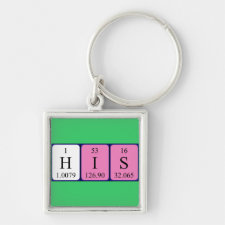
Authors: Romano EF, Quirino JP, Holdsworth JL, So RC, Holdsworth CI
Article Title: Assessment of the binding performance of histamine-imprinted microspheres by frontal analysis capillary electrophoresis.
Publication date: 2017
Journal: Electrophoresis
Volume: 38
Issue: (9-10)
Page numbers: 1251-1259.
DOI: 10.1002/elps.201600448
Abstract: Frontal analysis capillary electrophoresis was used to evaluate the binding performance of molecularly imprinted microspheres (MIM) toward its template histamine and analogs at pH 7, and compared to the high performance liquid chromatographic method. In both methods, batch binding was employed and the binding parameters were calculated from the measured concentration of unbound amine analytes and afforded comparable histamine equilibrium dissociation constants (Kd ~ 0.4 mM). FACE was easily carried out at shorter binding equilibration time (i.e. 30 min) and without the need to separate the microspheres, circumventing laborious and, in the case of the system under study, inefficient sample filtration. It also allowed for competitive binding studies by virtue of its ability to distinctly separate intact microspheres and all tested amines which could not be resolved in HPLC. Kd's for nonimprinted (control) microspheres (NIM) from FACE and HPLC were also comparable (~ 0.6 mM) but at higher histamine concentrations, HPLC gave lower histamine binding. This discrepancy was attributed to inefficient filtration of the batch binding samples prior to HPLC analysis resulting in an over-estimation of the concentration of free histamine brought about by the presence of unfiltered histamine-bound microspheres
Template and target information: histamine
Author keywords: capillary electrophoresis, Frontal analysis capillary electrophoresis, histamine, Histamine-imprinted microspheres, Molecularly imprinted polymers



Join the Society for Molecular Imprinting

New items RSS feed
Sign-up for e-mail updates:
Choose between receiving an occasional newsletter or more frequent e-mail alerts.
Click here to go to the sign-up page.
Is your name elemental or peptidic? Enter your name and find out by clicking either of the buttons below!
Other products you may like:
 MIPdatabase
MIPdatabase









